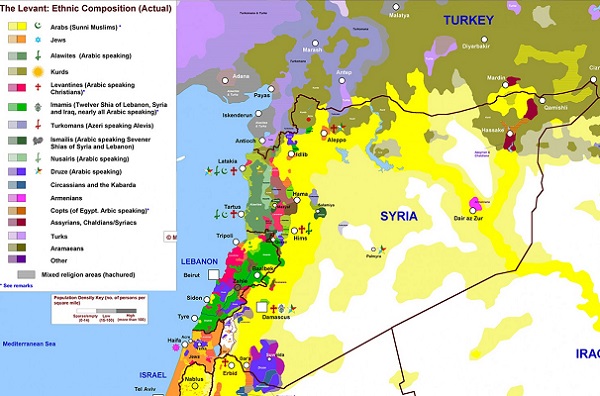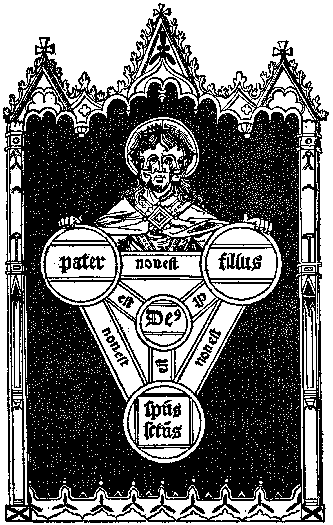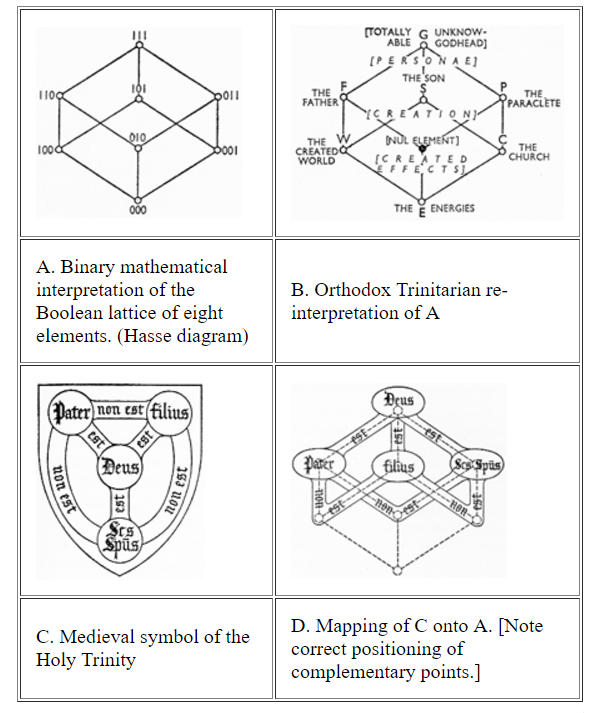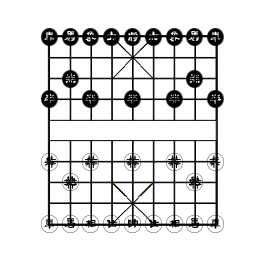From maps to graphs and back, from life to death and eternity?
Wednesday, April 19th, 2017[ by Charles Cameron — graphs and networks, life and death, quality and quantity of life, personal mortality, the (implictly immortal) trinity ].
.
I was struck by these items, verbal and visual, in Numberphile‘s YouTube video, The Four Color Map Theorem. The speaker introduces a simple, four color map:
Then indicates:
I’ve turned that map into a network:
The question, can this map be colored using four colors, or better? is the same question as saying, can this network be colored using four colors, or better?
There are things we can learn now about maps, by studying networks instead. .. By studying networks, we can study all the different kind of maps. Now, all maps make networks, but not all networks make valid maps.
Given that my HipBone game boards are graphs — my games as played are conceptual graphs — I’m always on the lookout for easily digested gobbits of graph theory to see if they’re applicable to my games, or to put that another way, whether they can startle me into any new insights.
At least some HipBone games could be played on maps..
**
One could thus view maps of the various sectarian interests in play in the Levant / Shams — theologies onto geographic areas, Alevi, Twelver, Salafi, Salafi-jihadist, Yezidi, Druze, Christian etc — as conceptual maps analogous to conceptual graphs.
And these conceptual maps are important in terms of strategy.
Different graphs could be obtained by articulating the linkages between different sects and ethnicities, eg Turkomen with Turks, Alevi and Ismaili with Twelver Shiism, and Shia with Sunni vs (eg) Christian.. and switching back and forth between map and grapoh might then prove suggestive, instructive..
**
Once started on Numberphile’s math-curious videos it can be hard to stop.. Here’s a surprise from the third such video I chased thids afternoon, the one on The Feigenbaum Constant:
Life and Death can be mathematized!
I think that diagram — if it can be believed — answers the vexed issue of quality and quantity, and possibly also the hard problem in consciousness.
**
I naturally attempted to place myself on the implicit timeline between Life and Death on that diagram. I’m reasonably far along (minor stroke, check, triple bypass, check, on dialysis, check, etc), and, shall we say, somewhat aware of my mortality.
Someone get me a slide-rule, I’d like to calculate the precise.. unh, on second thoughts, maybe not.
**
The only happily viable move from here — I believe — is to infinity, so let’s go.
My games, I’d suggest, make a contribution to graph theory. Specifically, to that branch of graph theory in which Margaret Masterman was a pioneer, is the area of conceptual graphs, which I meantioned above. Indeed, the (theo)logical icon Masterman explored with her Benedictine Abbess friend as described in Theism as a Scientific Hypothesis (part 1), Theoria to Theory Vol 1, 3rd Quarter, April 1967, pp 240-46:
visiting it in Boolean terms:
is none other than the graph used as an exemplar of the map-graph correlation in the Numberphile video, second illustration at the top of this post.
**
In the Trinitarian version of this graph, however, two kinds of “edge” or linkage are required: for the links between individual Persons (“non est”) and the links between Persons and Godhead (“est”).
And the same is true, interestingly enough, with even more types of linkage, in Oronce Fine‘s (entirely secular?) map of the elements:
**
And that’s enough thinking for one day, perhaps. We shall see..
















